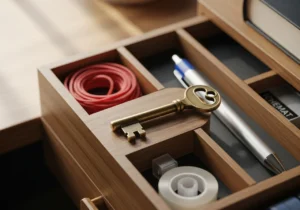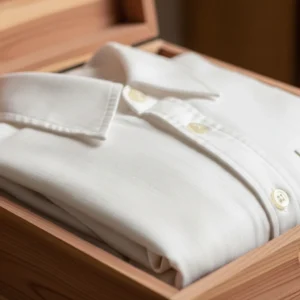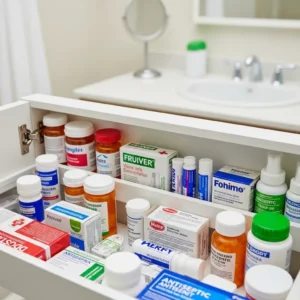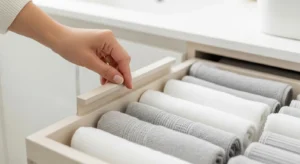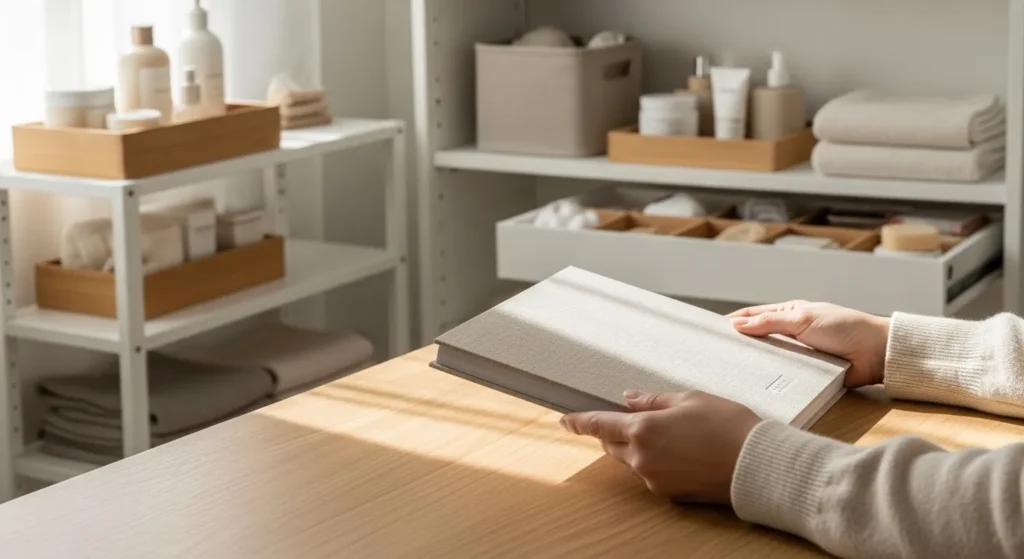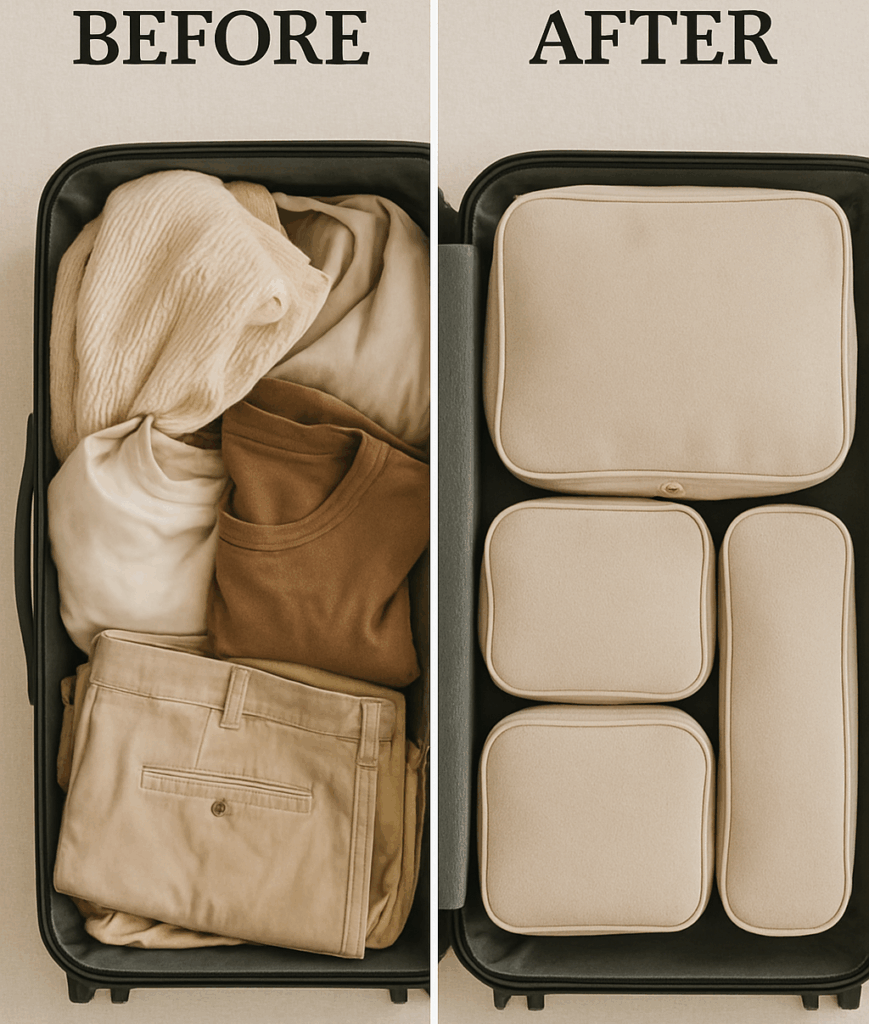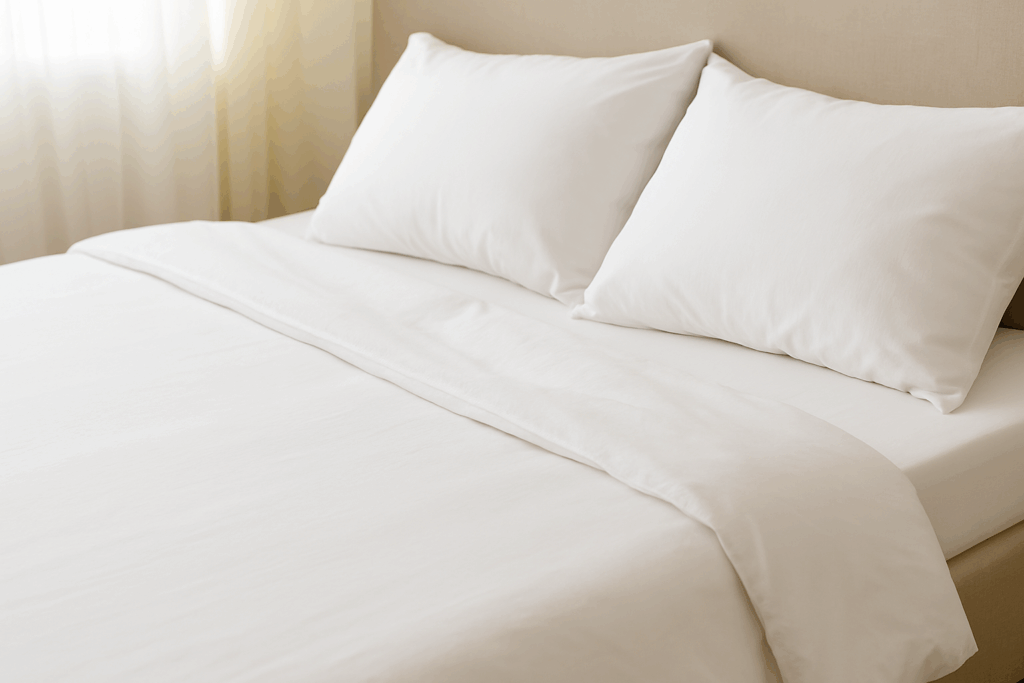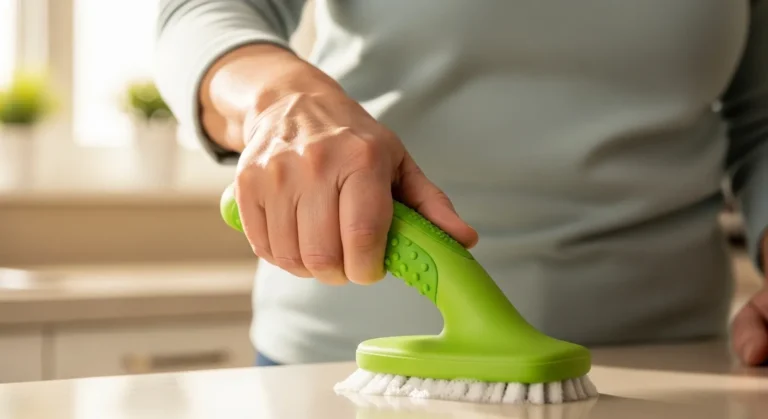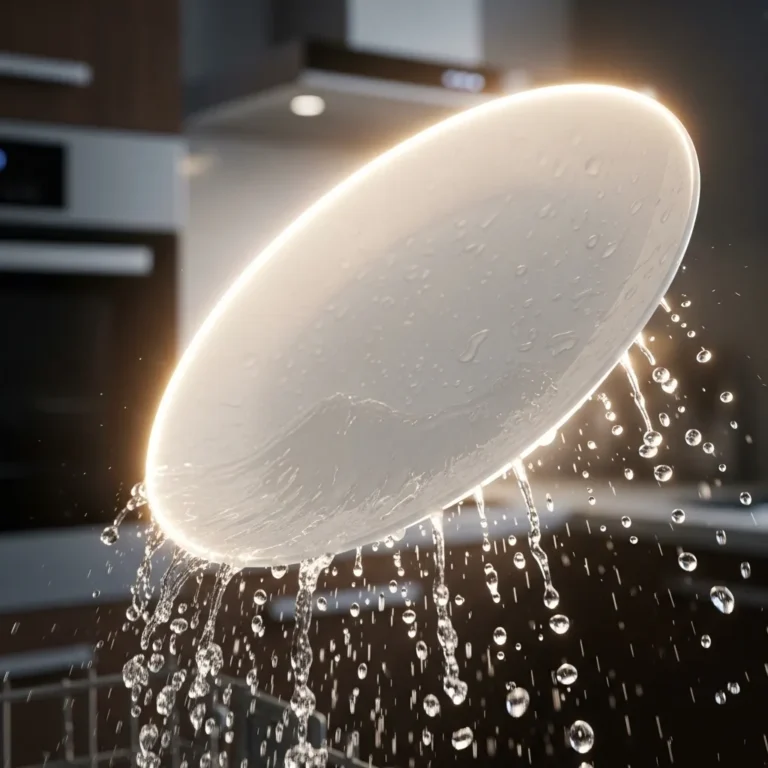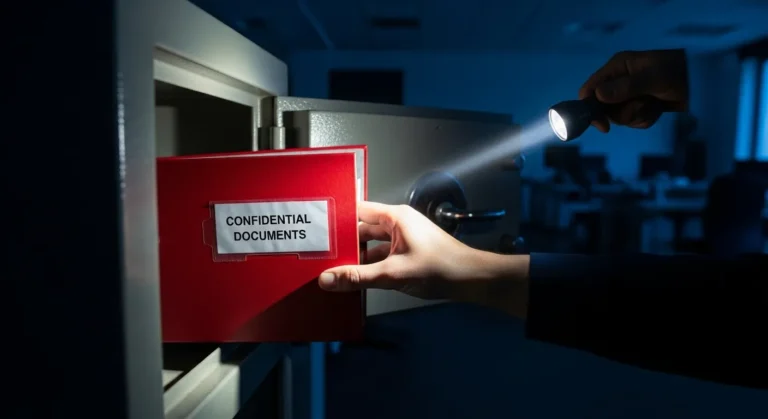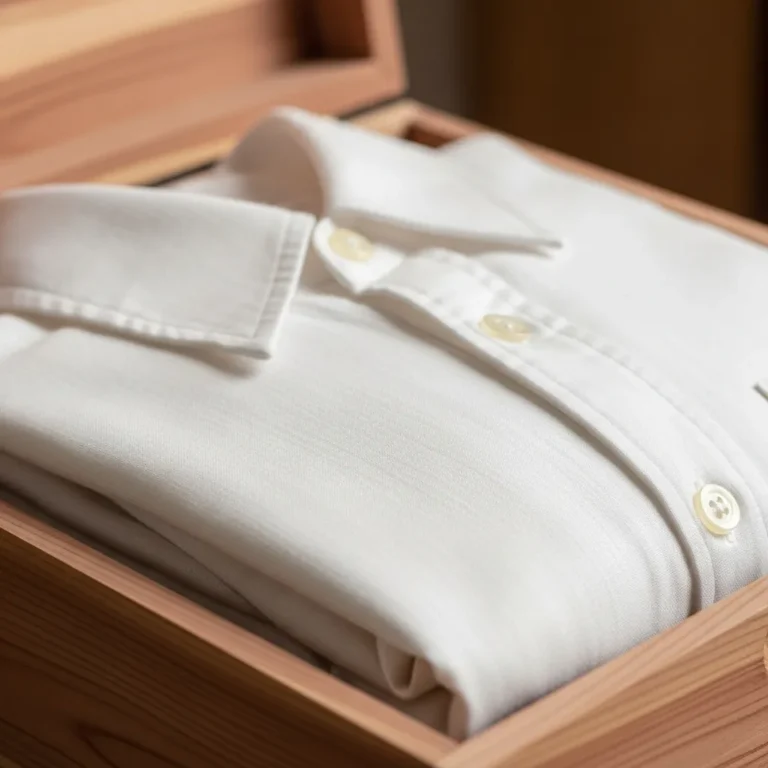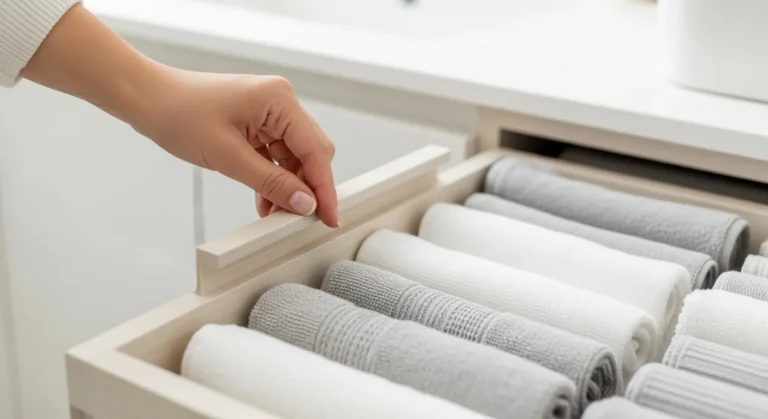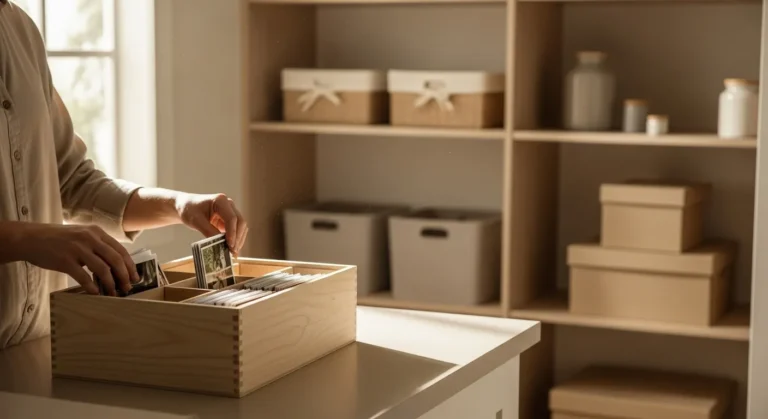Microwaving food has truly become a convenient staple in our modern kitchens! However, it’s really important to remember that not everything is suitable for this cooking method. Being mindful of what can and cannot be put in the microwave helps keep our food safe and ensures our appliances last longer. Some materials, when exposed to microwave energy, can lead to hazardous situations, such as fires, harmful chemical releases, and damage to our beloved appliances.
In this article, we’ll explore the various items you might want to avoid when using your microwave. We’ll share the reasons behind these precautions and suggest safer alternatives to keep you cooking with confidence. By staying informed about these risks, you can create a safer cooking space, safeguard your health, and help your microwave last longer. Whether you’re warming up leftovers or whipping up a meal, it’s important to know what to keep out of the microwave for a smooth, hassle-free cooking experience. Let’s explore the specific items that should never go in your microwave so you can understand the potential dangers they can pose.
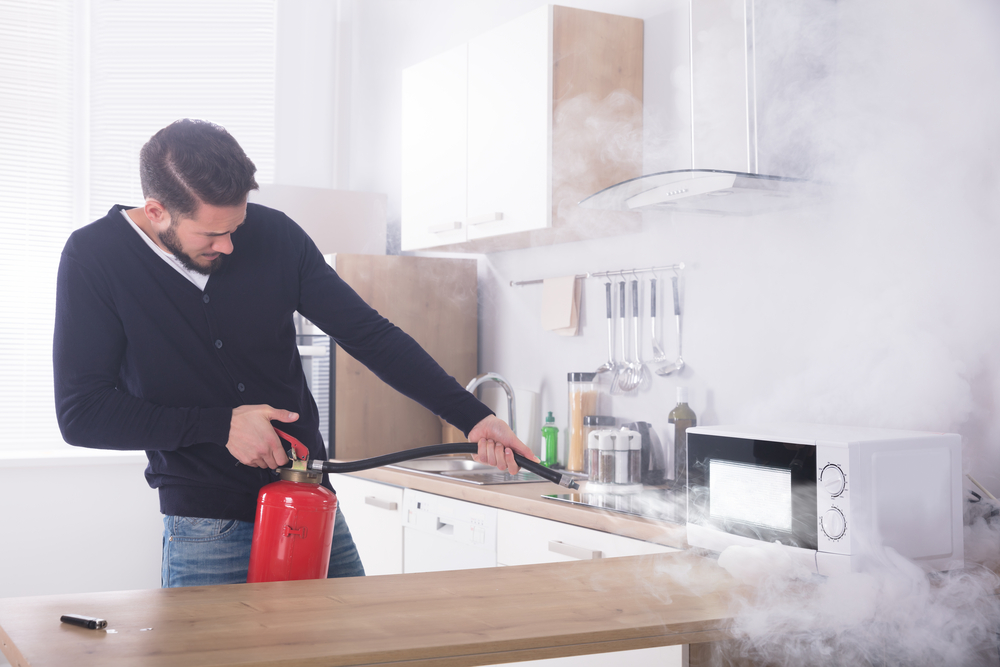
1. Metal Objects
Placing metal items in the microwave may result in hazardous sparks, fires, and potential damage to the device. Metal mirrors microwaves rather than absorbing them, leading to the energy bouncing around and creating arcs that can ignite nearby objects.
When using a microwave, it’s important to avoid common metal items such as aluminum foil, metal utensils, and stainless steel containers. Even small items like twist ties or metal clips can pose a risk. If metal accidentally touches the microwave’s walls, it might cause some damage to the interior. To keep everything safe and sound, it’s a good idea to choose microwave-safe glass or ceramic containers, and remember to keep metal objects at a safe distance while cooking.
2. Eggs in Shells
Microwaving whole eggs in their shells can be quite a risky endeavor and is best avoided. When you heat them, the liquid inside turns to steam very quickly, which builds up considerable pressure inside the shell. This pressure can lead to the egg exploding, resulting in a messy cleanup and even the possibility of injury from hot egg fragments.
Explosions may happen while cooking or immediately after opening the microwave door. To safely prepare eggs, break them into a microwave-safe container and loosely cover it to let steam escape. This technique guarantees even cooking while minimizing the risk of explosion.
3. Grapes
Microwaving grapes might seem harmless, but it can actually be quite risky! When you heat them up, the water inside creates steam that builds up pressure. If the skin of the grape can’t let the steam out, it could lead to an unexpected explosion, or even little fireballs! So, it’s a good idea to avoid microwaving them to keep things safe in the kitchen.
When you place two grapes close together, something interesting happens – they can create little arcs of electricity, which could be a fire hazard! This occurs because the microwave’s energy interacts with the moisture and sugar in the grapes. To stay safe, it’s always a good idea to enjoy grapes fresh or in delicious dishes without using the microwave.
4. Styrofoam Containers
Using Styrofoam containers in the microwave can be risky because they might release harmful chemicals. Many of these products are made from polystyrene, which can easily melt or warp when heated too much. This not only weakens the container but could also allow toxic substances to seep into your food.
If the container melts, it may create a mess in the microwave and present a fire hazard. Although a Styrofoam container may be labeled microwave-safe, it’s wise to move food to glass or ceramic dishes to guarantee safety and eliminate potential health risks. Ensuring food safety is vital!
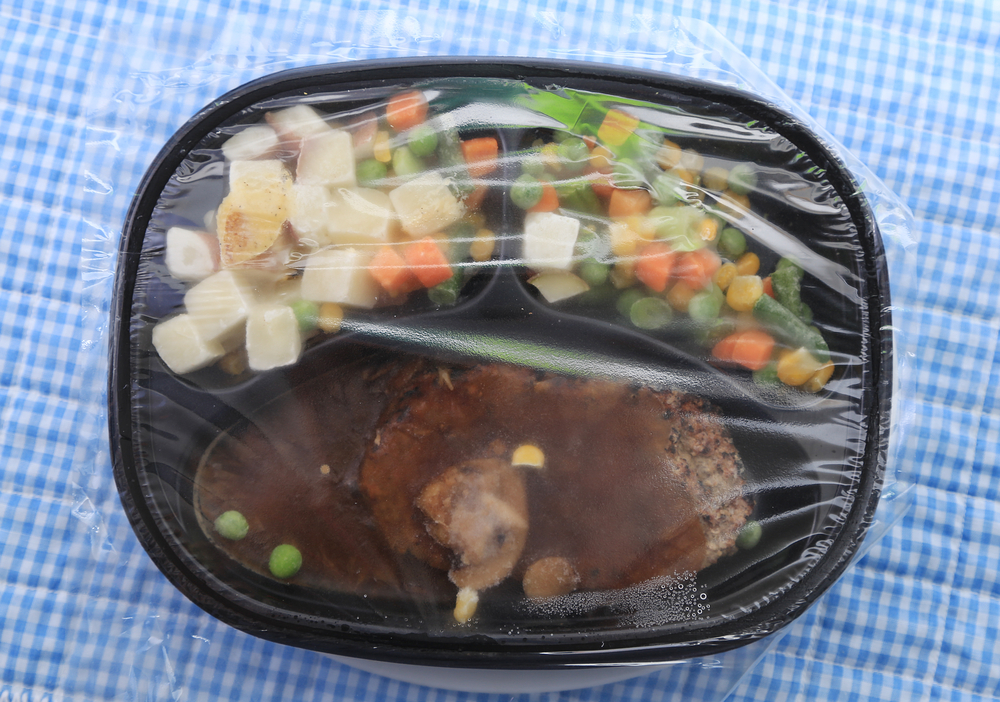
5. Sealed Containers
Microwaving sealed containers poses significant risks because of steam and pressure accumulation within. As food heats, moisture transforms into steam, and in a tightly closed container, this steam cannot escape. The resulting pressure may cause the container to rupture, resulting in a messy explosion and possible injury from hot food or liquid.
Containers with small vents might still present risks if they’re not engineered for microwave use. For safety, always take off the lid or opt for a microwave-safe container that has adequate ventilation when warming food. This straightforward action can help avert accidents and create a safer cooking experience.
6. Hot Peppers
Heating hot peppers in the microwave can result in surprising and unpleasant outcomes. When exposed to heat, the capsaicin—the chemical that gives peppers their spiciness—may vaporize and disperse into the air. Breathing in these vapors can lead to irritation in your eyes, throat, and nasal passages, causing discomfort or even pain.
The extreme heat can cause whole peppers to burst, resulting in a messy cleanup. Additionally, the potent odors generated during microwaving may linger in the kitchen and impact other foods. To prevent these issues, it’s advisable to prepare hot peppers using safer cooking methods, such as sautéing or grilling, which allow for better control over the cooking environment.
7. Bamboo plates and cutlery
It’s best to avoid microwaving bamboo plates and cutlery, as this can lead to warping, cracking, or the release of harmful chemicals. Since bamboo is a natural material that tends to absorb moisture, exposing it to high heat in the microwave may cause it to become pliable and lose its shape.
Many bamboo products are treated with adhesives or finishes that might leach toxins into food when heated. This could affect food safety and pose some health risks. To keep your bamboo items lasting longer and ensure safety, it’s a great idea to use microwave-safe glass or ceramic dishes for heating food. That way, you can look after both your kitchenware and your well-being!
8. Dry sponges
It’s important to remember that microwaving dry sponges isn’t safe and can actually create some serious fire risks. When you heat a dry sponge, its porous structure can catch fire pretty easily. Plus, the heat from the microwave can make the sponge even drier, which only raises the chances of it catching fire.
Sponges can collect bacteria and odors, and microwaving them might not completely sanitize them, as the heat may not reach every part of the sponge. Instead, it’s a much safer option to wash sponges in hot, soapy water or pop them in the dishwasher. This way, you can ensure they’re clean without the worry of a fire or damaging your microwave.
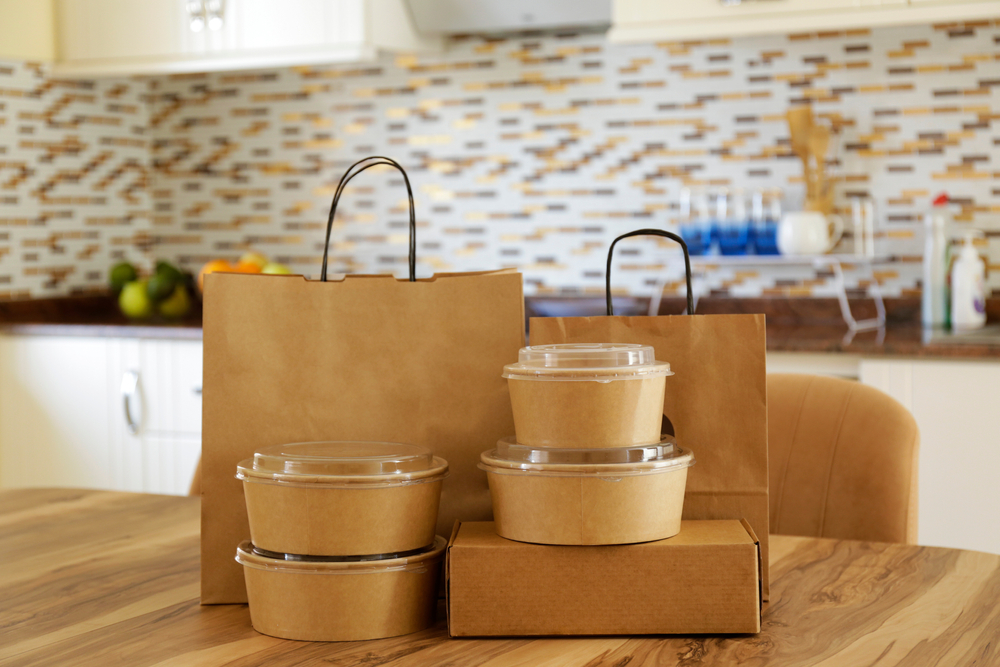
9. Brown paper bags
Using brown paper bags in the microwave can be tricky and is generally not a safe choice. These bags are typically made from recycled paper, which may contain additives or chemicals that could leach into your food when heated.
It’s important to be careful with brown paper bags in the microwave, as they can easily catch fire, especially when they’re too dry or hold foods with high moisture. The heat can ignite the bag, creating a potential fire hazard. To keep things safe and sound, why not choose microwave-safe containers made of glass or ceramic? This way, you can enjoy your meals without worrying about any risks that brown paper bags might pose when heating up your food!
Being mindful of what you microwave is crucial for your safety and that of your appliance. Items discussed—like metal objects, whole eggs, grapes, Styrofoam, sealed containers, hot peppers, bamboo utensils, dry sponges, and brown paper bags—can cause fire hazards, chemical leaching, and microwave damage. Avoid these materials and choose microwave-safe options like glass or ceramic for a safer cooking space. Prioritizing safety enhances your health and dining experience. Stay curious and enjoy microwave cooking!
We hope our tips prove to be genuinely helpful. If you enjoyed our article, check out this other useful one on NEVER Clean These 13 Things With Windex!

